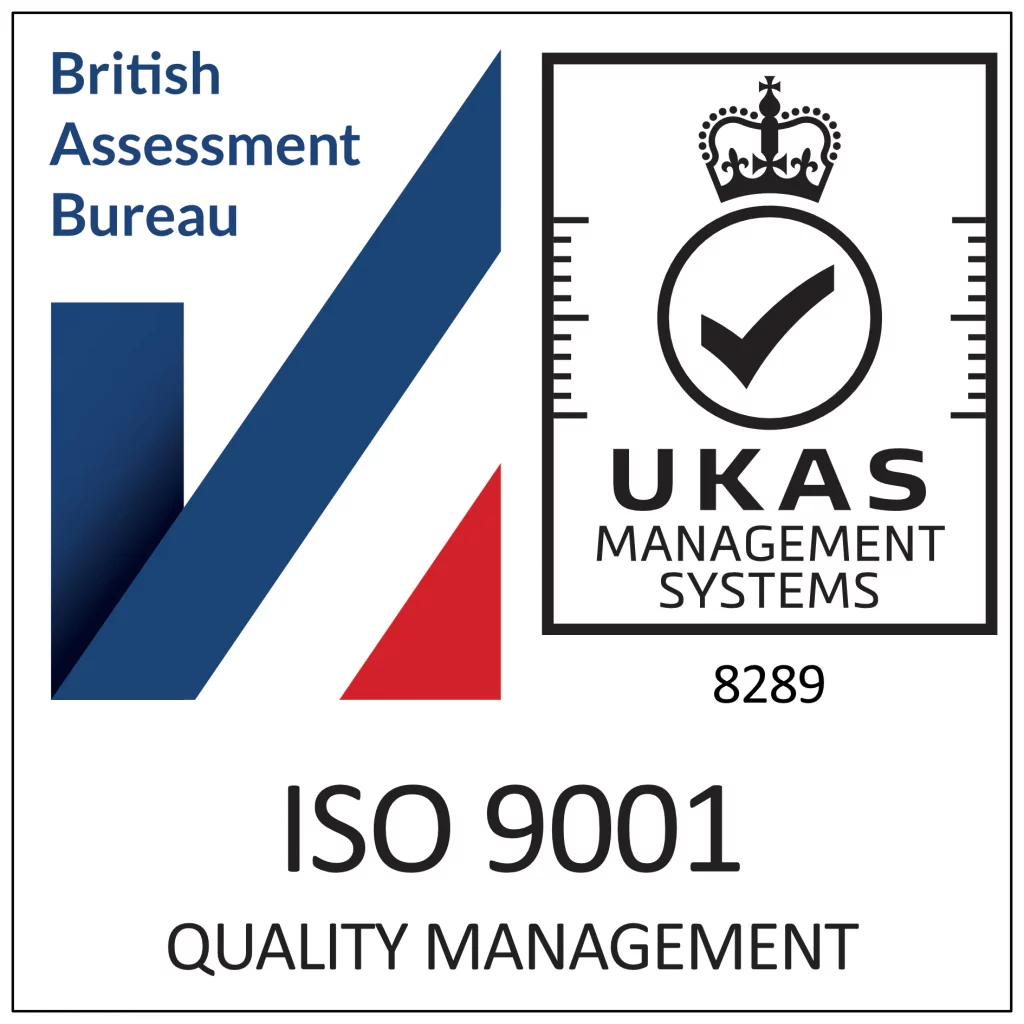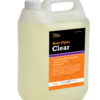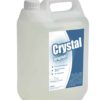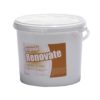With Britain’s pub and bar industry still riding out the Coronavirus pandemic, it’s natural that landlords and bar managers will be looking at ways to ensure they can operate as efficiently as possible when they open again.
Trouble-shooting some classic money wasting areas behind the scenes can ensure that you can run your cellar efficiently and smoothly, and make some meaty long-term cost savings when your establishment opens back up for business on July 4th.
1. Keep your coolers maintained
Coolers are an integral part of the cellar, but – if not properly maintained – the heat produced by these machines can increase your running costs substantially.
Firstly if you have the space, move all remote coolers (and any other cooling or refrigeration units) outside the beer cellar as they emit heat from their condenser systems. Did you know that a freezer located in your beer cellar can increase your cellar cooling costs by over £100 a year?
Additionally, ensure they are situated away from other equipment and kept clean. When a remote cooler is installed it should be sited with plenty of space around it. The space is there for a reason – to enable air to circulate around the unit. Half covering the grills on the side means half the cooling capacity!
Additionally, always keep the cooling grills on the outside of your units free from dust and dirt. A single typical remote cooler costs approximately £500 a year to run, so it’s crucial they are kept in good condition and run properly or they could end up costing you more.
2. Check your fans
Your cellar cooling system should always be turned on and the cellar fan should run continuously, but this can be quite costly as typical running costs for an average pub are around £1,500 a year.
Most systems remove the heat in the cellar to a fan outside the cellar (usually on an outside wall). The grill on these often can also become blocked due to lack of maintenance.
To avoid costly replacements or increased running costs, it is advisable that you periodically check that the fan blades and grills on both your indoor and outdoor units are clean and not blocked, as blocked grills can increase running costs by up to 40%.
3. Give your refrigeration systems the once-over
Checking that your refrigeration equipment is working as efficiently as possible is a sensible move.
Make sure that all of the pipe work circuits are kept as short as possible and that the condensing unit is in a well-ventilated location. Try to place cooling system temperature sensors at barrel height and away from the evaporator.
Set cooling system controls to the recommended cellar temperature, usually between 11°C and 13°C. Use a thermometer to regularly check that this temperature is maintained, as overcooling the cellar by as little as 1°C can increase cellar energy costs by up to 10%.
Regularly clean evaporators and heat rejection coils to allow free airflow – that way they’ll run more economically. Lastly, ensure the equipment is properly and regularly maintained by a professional so that it operates efficiently.
4. Insulate
To ensure your cellar works well, and all equipment works efficiently, consider your insulation needs.
You may need to install thermal insulation PVC strip curtains and draught stripping. If heating pipes have to pass through cellars, the pipes and fittings should all be insulated and draught stripping should be applied in places where pipes pass through walls. Additionally, beer cellar doors and hatches should also be draught-proofed and insulated.
5. Shut the door!
If cellar doors are left open, cold air escapes and warm air enters. This can cause excess frost on the evaporators that the defrost mechanisms cannot cope with, and if this happens, manual defrosts may be required which involves switching machinery off for 24 hours.
Keep your cellar doors closed as much as possible and – in larger cellars that also store your bottle stocks – separate the keg/cask beers from the packaged beers, spirits and minerals (providing the indoor unit is on the draught beer side of the cellar) with a PVC door strip curtain, as this will reduce the size of the cubic space to be chilled.
6. Consider some easy wins for heat reduction
To further reduce heat in the cellar, try to locate any heat-producing equipment (such as line python coolers for beer and soft drinks, cooling cabinets and icemakers) outside the cellar in a well-ventilated area.
Lastly, replace standard tungsten bulbs with LED or fluorescent strip lighting, and turn off lighting whenever you can to avoid excess heat production.
7. Reduce your beer waste
It may sound like something that wouldn’t particularly contribute to behind the scenes cost savings, but installing high tech, automated beer line cleaning systems instead of cleaning lines manually will save you a lot of money, a lot of time (or staff hours!) and – more importantly for cost saving – will reduce waste.
A recent study by Beer Piper found that the average pub wastes 20 pints a week with inefficient line cleaning, costing them £74 – and 40 million pints are thrown away each year needlessly – a collective cost of £147 MILLION.
With this in mind, one of the most distinctive features of Beer Piper’s market-leading wet wash beer line cleaning systems is the Dispense Line Beer function, which gives landlords and bar managers the option of saving much of the valuable beer that – until now – simply gets poured down the drain when doing manual line cleans.
The actual savings to be made will naturally depend on the number of lines and the length of the beer line from cellar to bar. However, if you calculate how much beer you currently pull-off and throw away when cleaning your beer lines via the traditional manual method, Beer Piper systems save landlords and bar managers up to at least 75% of by selling it rather than throwing it down the drain. Some of Beer Piper’s customers even claim to save 100% of their beer.
The Marine Boathouse in Skegness, Lincs, installed the Beer Piper BP4 system in their seaside pub after many years of using traditional line cleaning methods. With the main bar hosting 24 lines, cleaning the lines manually used to take staff members a long time. Even more staggering, the owner estimates that installing the system saved them £5,000 in the first quarter and waste dropped by 75%.
On top of all the savings made regarding beer waste, clean beer lines mean that you’ll pull a good pint every time, ensuring that your punters come back for more.
8. Use technology to keep track
It can take some getting used to, but utilising tech can be hugely beneficial to running your establishment.
Beer Piper systems use cloud-based tech and a mobile app, which allows landlords, business owners and bar managers to track and report in real time, making line cleaning easy, accurate and super quick. The system logs when the lines are cleaned and by who, and the data can be accessed straight away using a smartphone or tablet.
The tech enables hospitality managers to deliver increased reportability and trackability, helping them to save money and waste.






